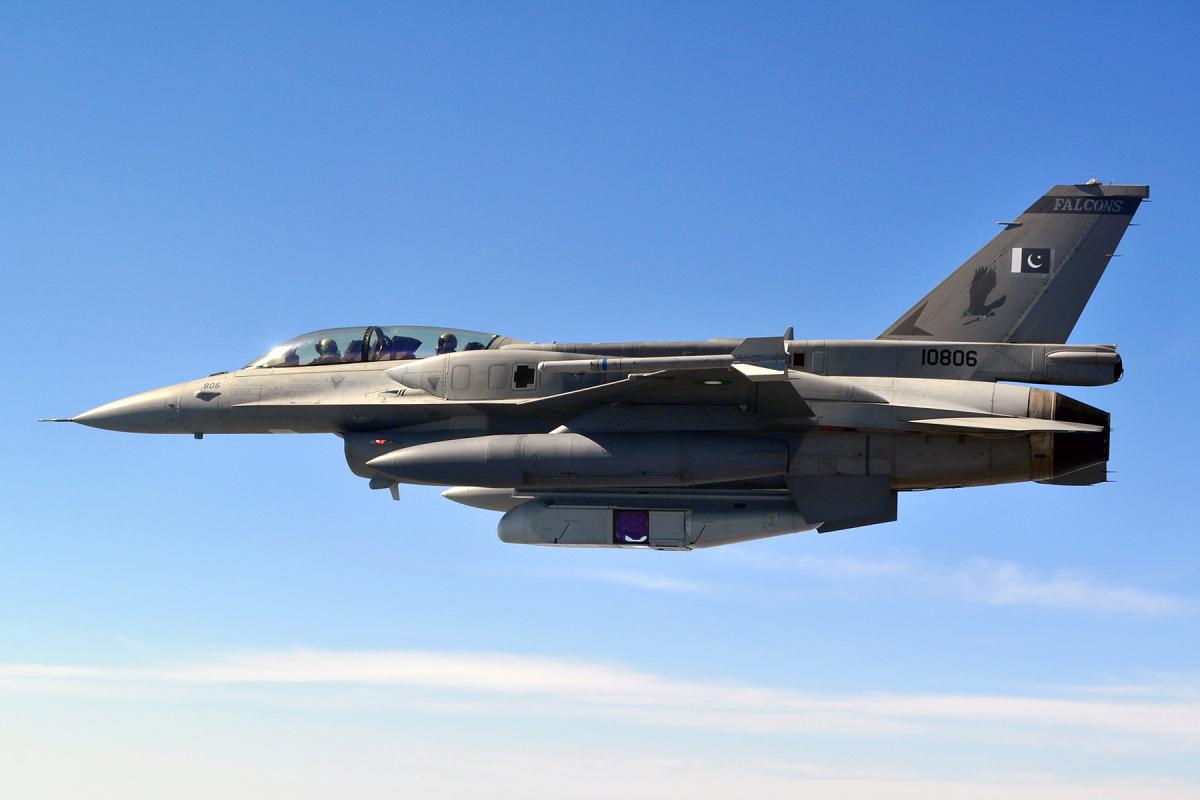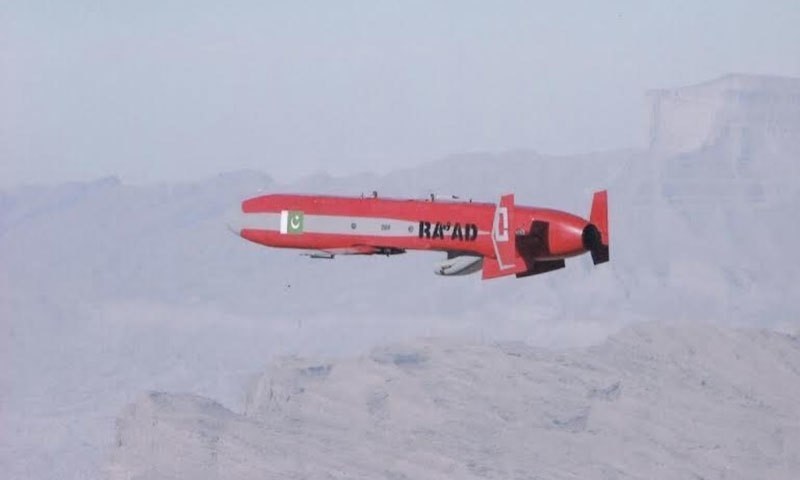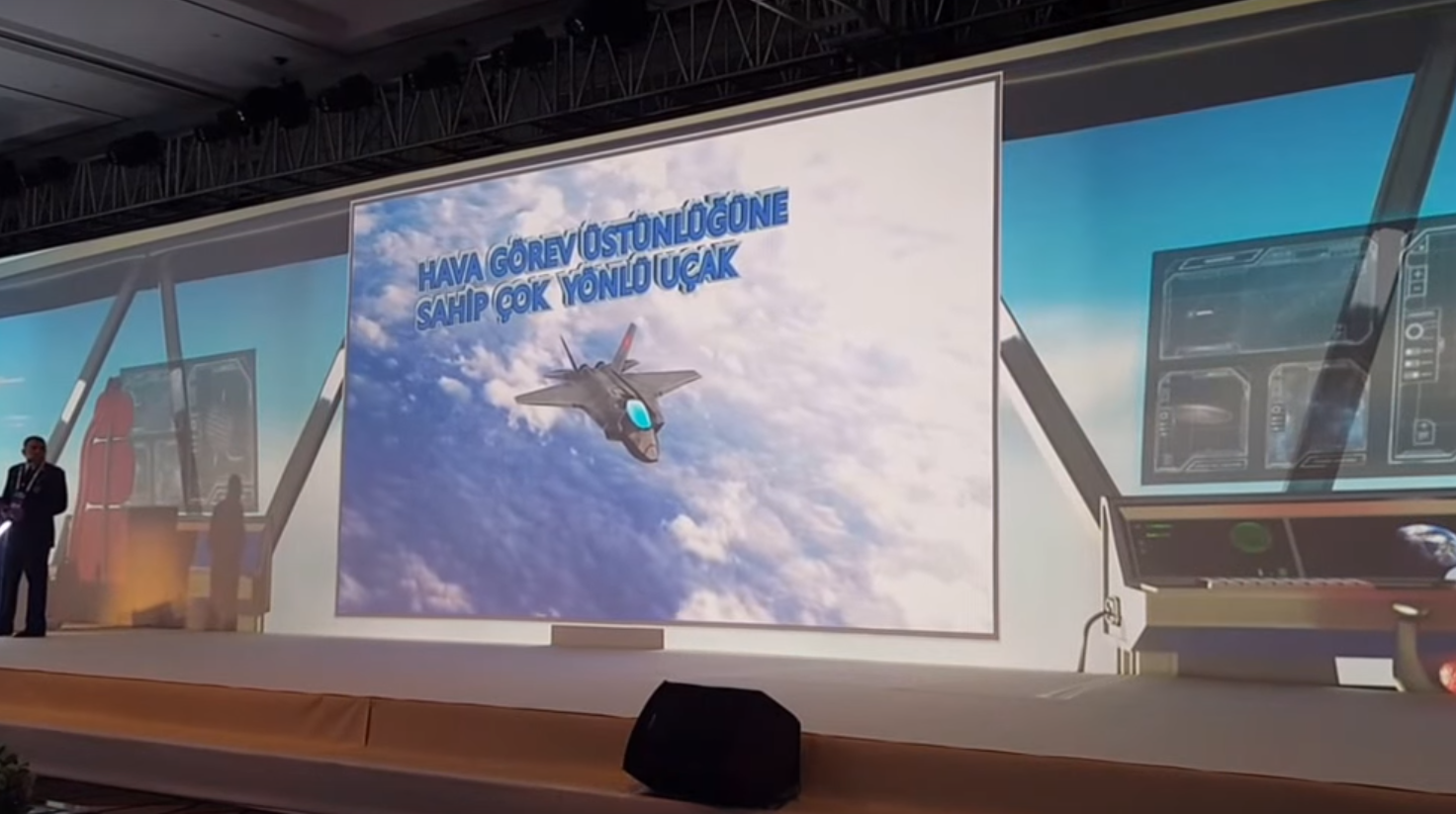29Views 29Comments

Discussion: Pakistan’s options for addressing India’s air warfare lead (Part 3)
A general idea of the challenge posed by the Dassault Rafale in the use with India and the issues Pakistan would have to begin examining were outlined in part one of this series. Part two overviews the costs associated with expensive foreign platforms and makes a cost-centric case for the JF-17 Block-III.
A tier-one sensor and onboard electronics suite are essential to practically mitigating the threat and efficacy of a tier-one air-to-air missile such as the Meteor. A stand-off jamming pod, integrated jamming self-protection suite, chaffs, and perhaps even an electronic countermeasures (ECM)-based decoy such as the Leonardo BriteCloud can offer a dense electronic warfare (EW)/ECM buffer to help mitigate the Meteor.
One does not necessarily need a complete high-end fighter to acquire such technology, especially when these subsystems can be acquired directly off-the-shelf from Chinese, Italian, and British vendors. Granted, there is no guarantee of success in stopping a Meteor air-to-air missile, but that reality stands true for the Typhoon, Su-35, F-16, and Gripen as well.
The reverse is also valid. There is no reason why a top-tier air-to-air missile from a JF-17 towards any IAF fighter would with absolute guarantee reach its target, especially when the IAF will field comparable (if not superior) EW/ECM subsystems. However, that does not change the need to have the JF-17 armed with top-tier air-to-air missiles when such munitions elevate its chances of survival and victory. Granted, there may be an issue in terms of gains being marginal relative to cost, but this should only be examined on a case-by-case (i.e. subsystem-by-subsystem and munition-by-munition) basis.
There are concerns with this approach:
First, one must account for the reality that the current JF-17 airframe is that of a lightweight fighter. An effective active electronically-scanned array (AESA) radar – and that too combined with a quality EW and ECM suite – can add to the weight of the platform (e.g. via cooling systems).
Second, it is unlikely the RD-93 will be swapped out for a lighter and more powerful turbofan (e.g. RD-33MK) under the current run of 150 planes. Weight reduction may be achievable by switching the JF-17’s flight control system to a fully digital fly-by-wire (as opposed to the hybrid solution currently in place), but the extent of such a switchover is unclear (though it may be a necessity in the end).
Third, the timeline is a problem as well. There is no date as to when the JF-17 Block-III would enter full-scale production, though under current circumstances 2019-2020 could be a reasonable guess. The PAF would probably look to upgrade the Block-I/II to as close to the Block-III as possible, but if an upgrade is put into motion, a number of the older JF-17s may be placed in a non-operable state.
Fortunately, the main challenge is not the very long-term because at some point the JF-17 Block-III – or a Block-III-derived late model version – will be inducted in substantial numbers. However, there is a period in the early-to-mid-2020s where there is a risk of a quantitative deficiency in AESA radar-equipped aircraft. It would be within this period that the PAF would actually be in the process of producing and inducting JF-17 Block-IIIs, not necessarily bringing them to full operational form. In this sense, one can validly argue for an off-the-shelf acquisition, so as to provide a ‘bridge’ ahead of Block-III procurement. An analogy to this would be the induction of the F-16C/D Block-52+ and Mid-Life Update (MLU) taking place before and in parallel with the JF-17 Block-I in the early 2010s.
As outlined in part one, there must be a purpose behind introducing a new fighter platform, and the PAF could argue that it needs a high-tech solution to address a capability gap (before the Block-III). However, as discussed in part two, most off-the-shelf options are expensive.
From a purely cost and technical standpoint, the Saab JAS-39E/F Gripen NG is the most accessible Western option at $100-130 million U.S. a unit. Cost aside, it is not likely that Sweden would pursue the Pakistani market without at least trying its hand in India. For the short-term at least, this avenue is unlikely.
Alternatively, a late model variant of the J-10 – such as the J-10B or J-10C – from China could be sought, though neither has been approved for export (yet). Granted, Chinese export approval for the J-10B/C is not in place, but it could be set in the next several years. An affordable AESA radar-equipped medium-weight fighter platform is something AVIC would likely be interested in offering to the market, especially in the developing world (which cannot access Western alternatives due to cost and/or political barriers).
If fighters from Russia are being sought, then the Su-35 and MiG-35 (which is being marketed with an AESA radar and is equipped with a turbofan the PAF might be interested in for the JF-17) would be options. Interestingly, the MiG-35 would likely offer the best balance of cost, performance, and technology to the PAF, especially when there is potential to have subsystems, munitions, and possibly engine commonality with the JF-17 platform. On the other hand, the Su-35 offers valuable operational capability gains thanks to its superior range and payload (in comparison to the current PAF fleet).
The Eurofighter Typhoon cost roughly as much as the Rafale cost India, though it is unlikely that Pakistan would benefit as much in the way of commercial offsets. For such an acquisition to have a chance at being successful, negotiations would have to be led by a party that is on relatively sound terms with Pakistan, such as Italy and/or the United Kingdom. Moreover, some form of credit or term financing will be required in order to push a PAF order to fruition, which in turn is dependent on the selling party’s confidence in the Pakistani economy over the medium-term. Unfortunately, the interim breathing room from a Typhoon acquisition could come at the expense of the JF-17 over the long-term, especially if Pakistan’s structural economic conditions do not turn (and remain) for the better.
Suggesting that the PAF could seek another fighter platform will seem to contradict the case made in favour of the JF-17. However, as outlined in part one, a fighter acquisition must be driven by a legitimate requirement, such as introducing cutting-edge technologies to the fleet or addressing gaping shortfalls. Having made the case for the JF-17 Block-III and examining how it could form the nucleus of the PAF’s long-term response, a risk of quantitative deficiency in the early-to-mid 2020s was identified. In fact, this was in light of a fairly optimistic examination. A less optimistic look at the JF-17 Block-III may argue that the platform may not even enter production until the early 2020s (as opposed to the late 2010s).


